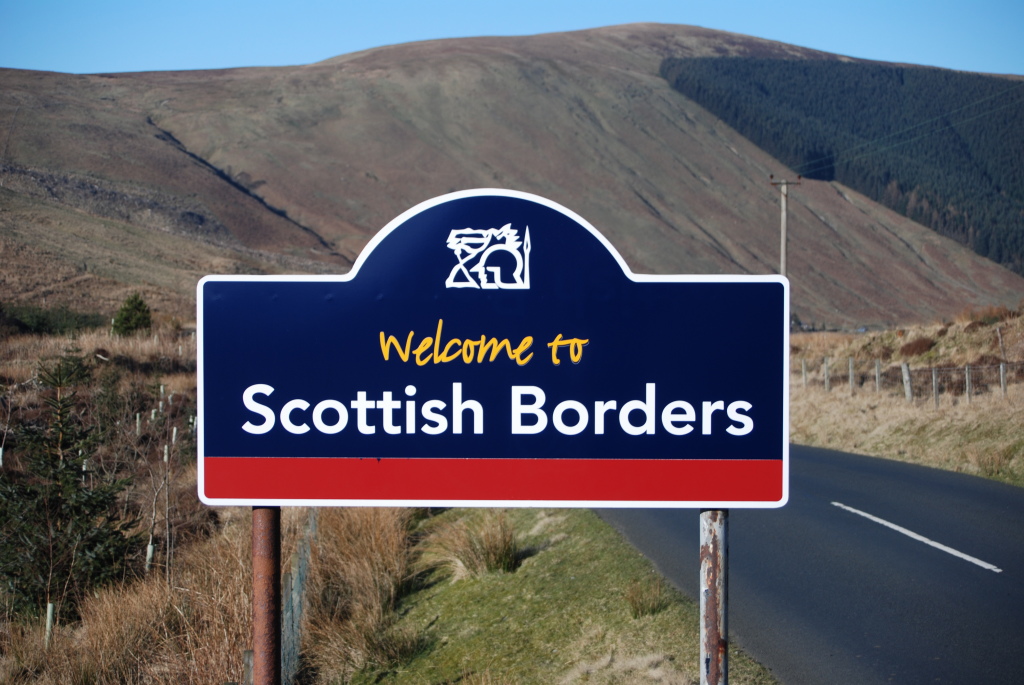Last year’s Scottish referendum vote was always likely to have profound implications for our region whatever the outcome. The ‘pledge’ given by the main party leaders to increase Scottish powers (and the sobering fact that 45% of Scots voted to the leave the UK) led to the setting up of the Smith Commission and the offer of greater powers north of the border whilst also keeping the Barnett Formula in place.
On one level, we can forgive the north east for casting an envious glance across the border. Both politicians and business leaders are genuinely fearful that a more powerful Scotland will be able to further enhance their competitive advantage to the detriment of jobs and economic growth in north east. In particular, there are concerns about some of the Smith Commission proposals which suggest continuing the Barnett Formula and also awarding Scotland greater economic and fiscal powers, such as the ability to reduce Air Passenger Duty. Newcastle Airport has recently argued that devolving air levy powers to Scotland could mean 1,000 north east jobs are placed in jeopardy.
However, a more hopeful, more optimistic, response to a more powerful Scotland is now emerging in the north east and, in its next door neighbour, Cumbria. Such a common sense view accepts that while a more powerful Scotland could gain greater competitive advantage over the north east and Cumbria, in some sectors there are also real opportunities to enhance collaboration where there is direct benefit on both sides of the border.
This positive emphasis on collaboration view is shared by a number of local councils in the north east and Cumbria, who are using the opportunity provided by the referendum campaign to renew and refresh their cross-border relationships. This new spirit of collaboration can be seen in developments such as the Borderlands Initiative, which comprises the five local authorities on either side of the border – Northumberland, Cumbria, Carlisle, Dumfries and Galloway and Scottish Borders – working together to develop a cross-border partnership that allows for collaboration over common economic challenges and opportunities such as transport, broadband and mobile coverage, tourism and rural development.
In a similar vein, the House of Commons Select Committee on Scottish Affairs has recently suggested that a new Borderlands Enterprise Agency could be created, based on the Highlands and Islands model, and potentially covering both Scottish and English border areas.
Importantly, there has also been strong support for the Borderlands approach from the Scottish government. Late last year the Scottish government’s enterprise minister, Fergus Ewing, met with the chair of the North East Local Enterprise Partnership, Paul Woolston, to discuss how closer links with Scotland across a number of key economic sectors could benefit the region.
Not only does working with our “Friends in the North” offer genuine opportunities to boost jobs and prosperity south of the border, but also signals a willingness to use the present devolution debate to argue for strengthening the capacity of both the north east and Cumbria to shape the decisions that affect their economic and social future: an objective badly served both by the increasing political centralisation within England and an ever-growing north–south divide.
Keith Shaw is a research and innovation lead professor at Northumbria University.
Do you agree with closer ties to Scotland? Tell us in the comments section below – by clicking on the little plus sign.
(Views expressed on our website and in our magazines and emails are not necessarily endorsed by Northern Correspondent.)


It was 45% of the people who voted (about 85% of those eligible to vote) so the real number who voted to leave the UK was more like 38%.